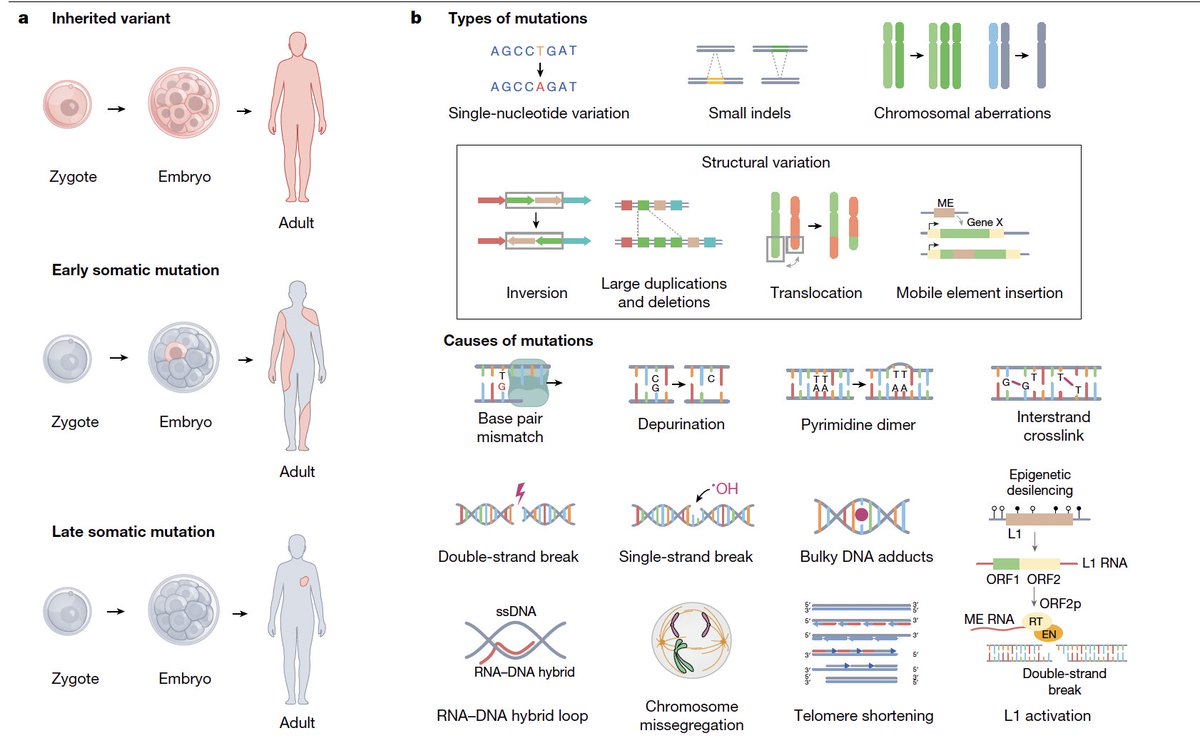
Rand Arafeh
@rand_arafeh
Scientist and postdoc in the Hahn Lab @ DFCI, HMS and Broad Institute. Functional genomics, dual CRISPR screens, GI, drug combo
ID: 1382223692013395968
14-04-2021 06:46:50
33 Tweet
14 Takipçi
50 Takip Edilen


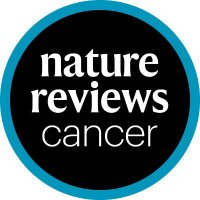


(1/3) Excited to share our latest work using The Cancer Dependency Map to uncover a new synthetic lethality in two distinct patient populations! We found that SKI complex inactivation through two independent genomic alterations creates a dependency on PELO nature.com/articles/s4158…
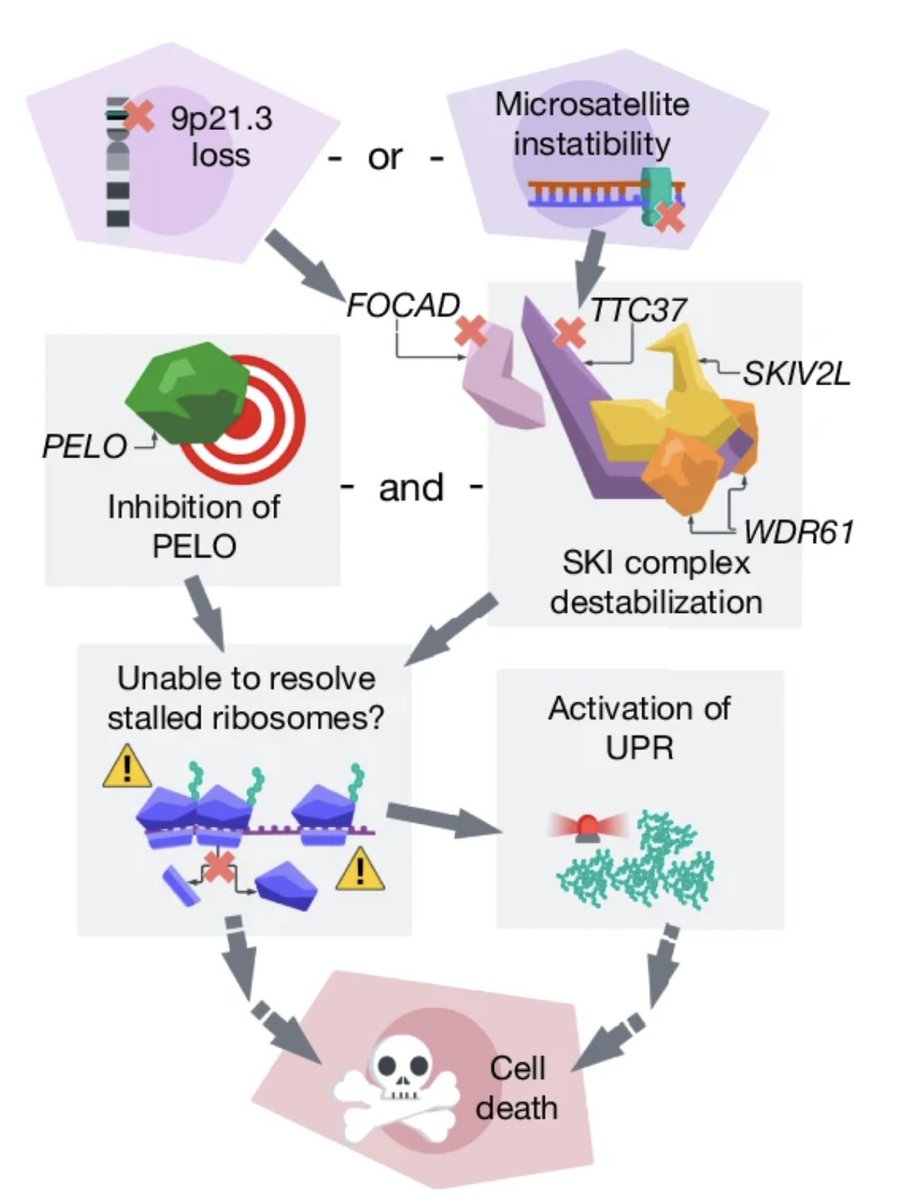

🚨 New study! 🚨Excited to share our research on #translocationRCC #tRCC published in Nature Metabolism, in collaboration with @lironbarpeled. We reveal how the TFE3 fusion drives a key oxidative phosphorylation (OXPHOS) metabolic program in this kidney cancer. 1/ Dana-Farber News
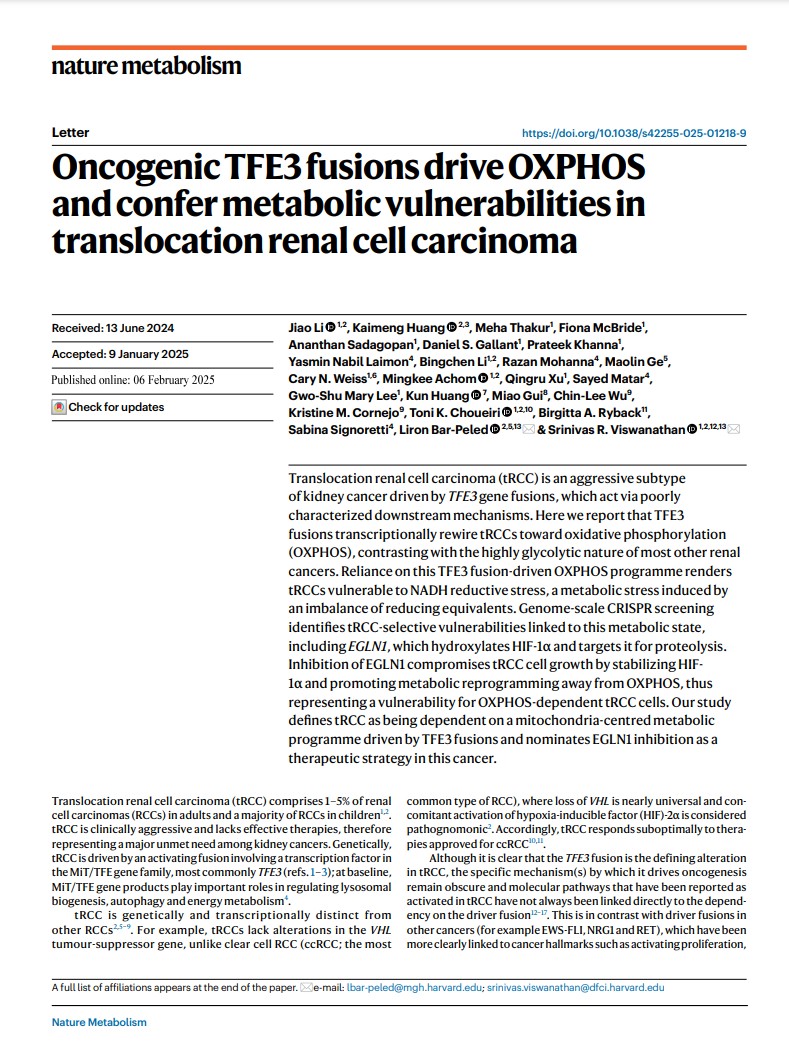

Here's our latest - jointly with Riz Haq MD PhD lab & co-lead by Drs. Julia Schiantarelli, MD, Benamar, Park et al - studying why some tumors stop responding to immunotherapy. This continues to be a tough puzzle to solve, but important for science & patients alike...
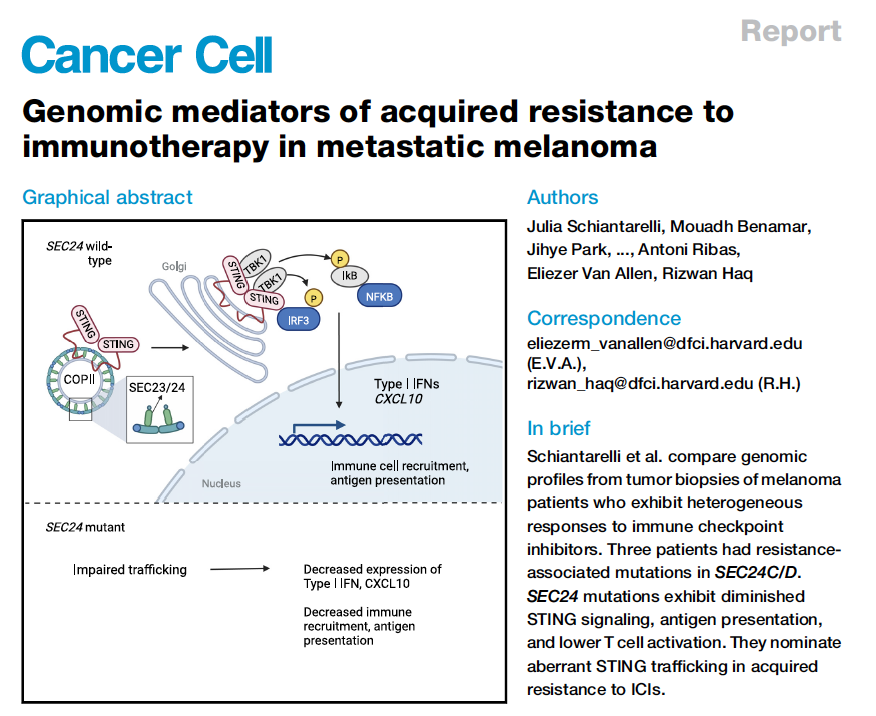



We examined the present and future of AI and translational cancer research for Cancer Cell - check out superstar Josephine Yates below for more on this perspective! Dana-Farber News


New review of The Current State & Roadmap for AI in Cancer Treatment Decisions in NEJM AI discusses potential of large language models/LLMs in treatment selection. By Olivier Elemento Sean Khozin, MD, MPH Cora Sternberg (subscription $) ai.nejm.org/doi/full/10.10…. NEJM AI EIC is Isaac Kohane
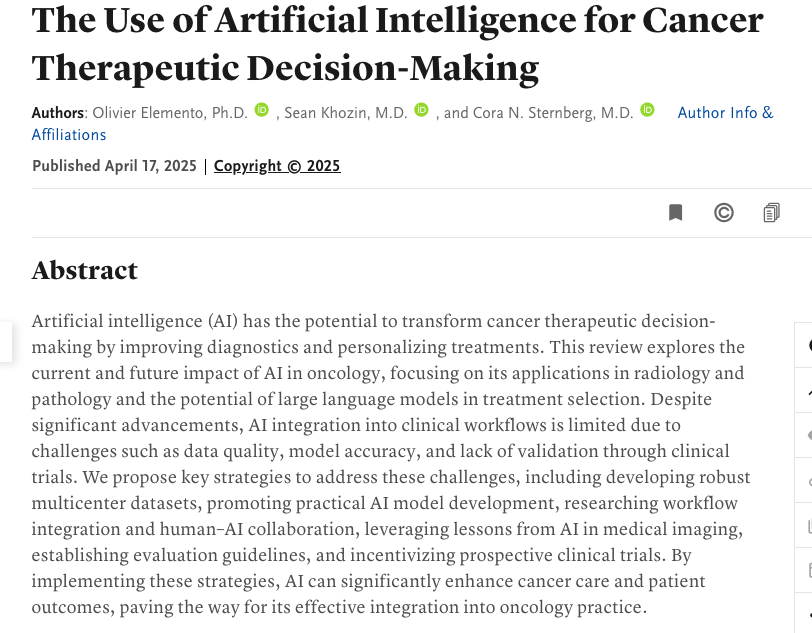


Here's our latest, led by superstars Josephine Yates & Dr. Camille Mathey-Andrews, jointly with Valentina Boeva and many more Dana-Farber News Broad Institute We studied primary & lethal esophageal cancer using multi[RNA, ATAC, spatial]-omics, see Josephine's tweets below for more!👇

Now in Cancer Cell our group reports the development of a first-in-class EGFR-directed KRAS G12V selective inhibitor. KRAS G12V mutations are the 2nd most common KRAS mutation in cancer, and there are still no approved inhibitors in the clinic. We address two major challenges

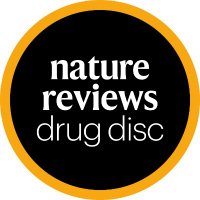


Thrilled to share our paper now out in nature that correlates inactivating PPP2R1A somatic mutations with improved survival for patients with cancer receiving immunotherapy, with exciting prelim mechanistic insights! Amir Jazaeri Linghua Wang, MD, PhD Yibo nature.com/articles/s4158…






